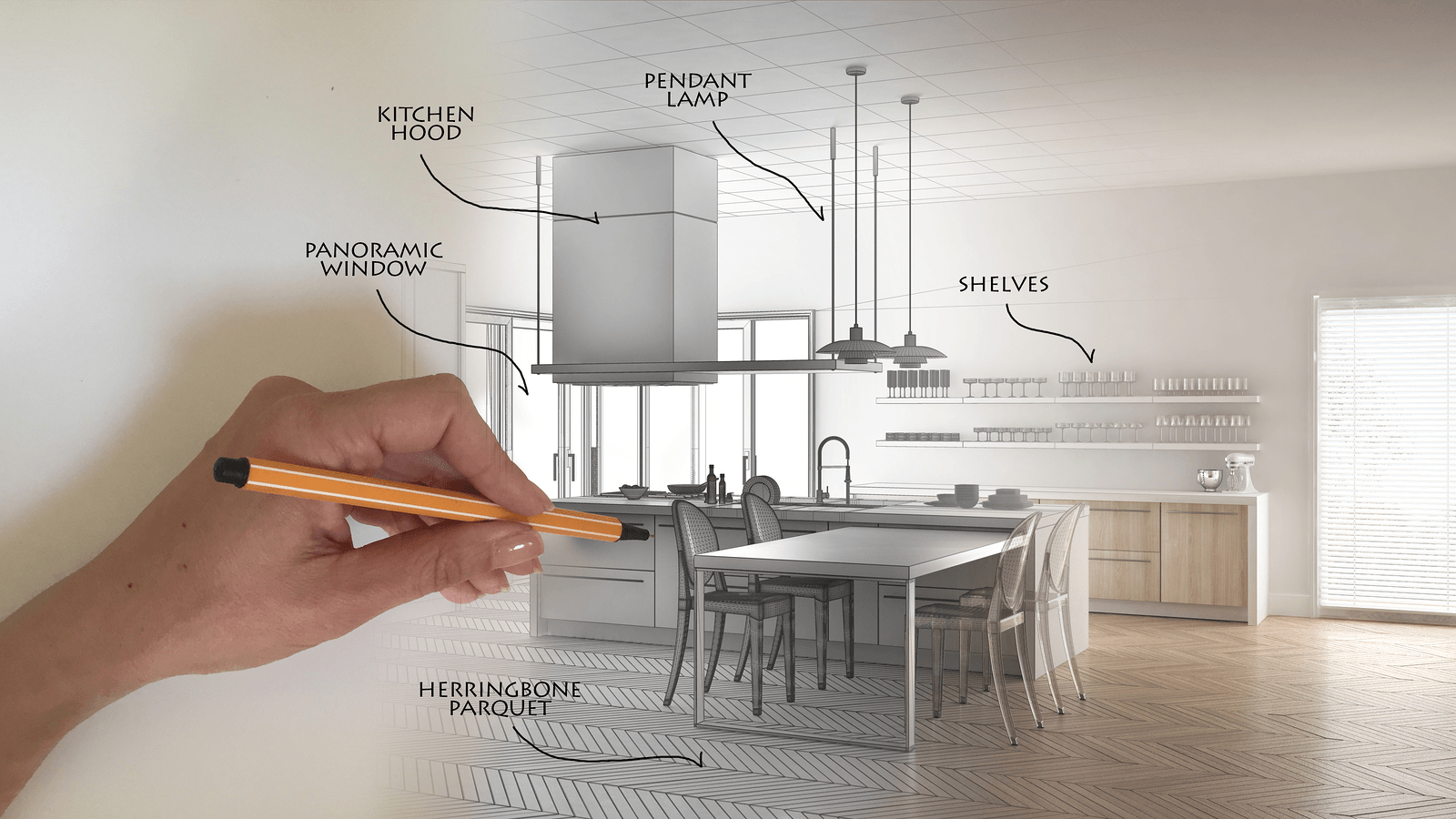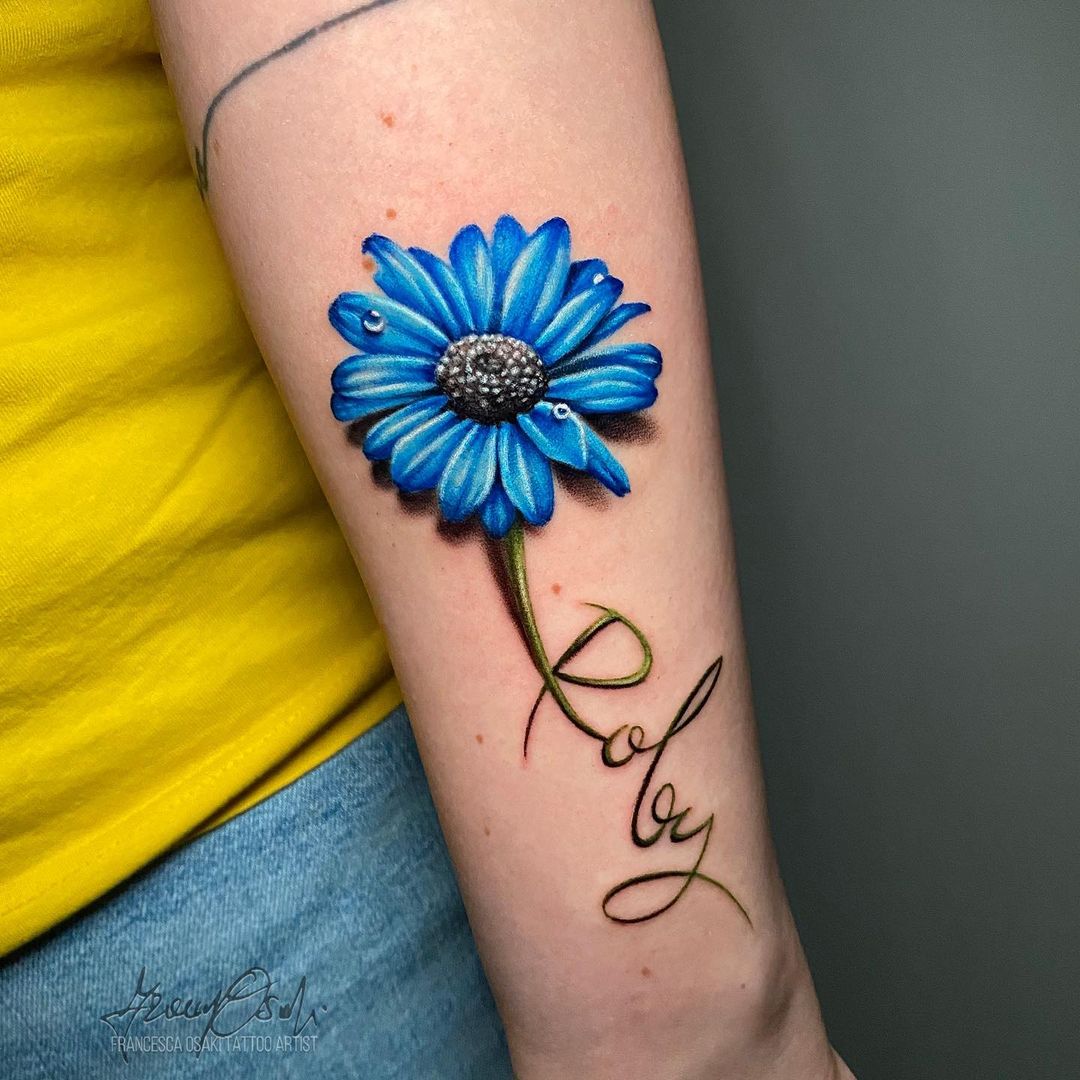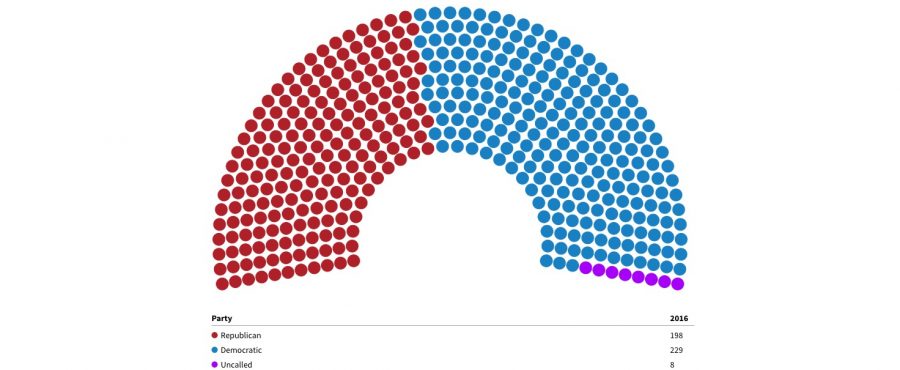Table Of Content

It involves creating a functional layout that enhances the flow of movement and makes the most of the available area. Effective space planning is crucial to ensure that an interior space is both aesthetically pleasing and functional. Faye Studio offers a space planning service to help clients optimize their space for their needs. Space planning involves arranging furniture, fixtures, and equipment in a room or area to maximize function and efficiency in an aesthetically pleasing arrangement.
What is Spatial Interior Design?
Another common mistake is ignoring who will use the room and how it will be used. Different rooms have different functions and require different layouts. Determine where your doors, windows, and hallways are, and make sure that they have clear, unobstructed access. For example, using light colors on the walls and ceiling can help to create the illusion of more space.
Interior Design Degree - Rocky Mountain College of Art and Design - Rocky Mountain College of Art + Design
Interior Design Degree - Rocky Mountain College of Art and Design.
Posted: Wed, 07 Jun 2023 08:45:58 GMT [source]
Allow for an easy flow through the room
Allocate the space based on your assessment of the room’s zones and functions. This entails determining the size and shape of each area within the room. Take measurements of the room’s length, width, and height, and note the location of the doors and windows. Make a list of all your measurements, including any unusual alcoves or nooks. Take note of any area where you need to add or remove something to create a more usable space. If your goal is to foster a sense of sanctuary, we’ll aim to keep a space minimal.
Creating a detailed plan to scale
The design needs to be human, which means it must include more than just interesting decorations or architectural decisions. Instead, it also needs to fulfill psychological needs and help promote good mental health, physical health, etc. The easiest way to try different furniture arrangements is by using a reusable architectural furniture scale (like the one included with Designer in a Binder). Space planning helps you maximize the available space in a way that makes sense for how the space is actually used!

If you start a project without first doing interior design space planning first, the whole concept could fail. Whether interior design for restaurants, small apartments or commercial spaces, space planning is vital so that every inch is purposefully utilised to ensure functionality and visual appeal. Before diving into the several facets and processes of space planning, it is crucial to understand its significance in interior design, especially in modern interior design trends.
Create a Fixtures Plan
Once the bubble diagram is complete, the designer can create a more detailed floor plan that includes furniture placement, fixtures, and other elements. For a start, it determines the functionality of a room or a premise. Space analysis always starts with the function of a particular zone. When this function is established, an interior designer can make the choices that will facilitate the respective purpose. This is why space planning has to be very personalised to accommodate for distinctive needs.
Once the bubble plan is complete, it is time to draw up a detailed plan. You can use either a large piece of paper, or software on the computer. Having a better understanding of the purpose of a room will make it easier to define different zones and plan the room properly. Human-centric design means conforming the room to healthy human habits, not vice versa.
Questions to Ask Potential Clients on the Discovery Call
In conclusion, this blog post has explored the fundamental aspects of space planning in interior design. We have delved into assessing and analyzing space, designing room layouts, considering design styles and personal preferences, and discussing the future of space planning. This could involve creating dedicated workspaces, incorporating storage solutions, or designing multifunctional areas that adapt to various activities. By understanding the lifestyle and needs of the individuals using the space, designers can optimize the room layout to enhance comfort, convenience, and functionality. The digital age has brought forth a plethora of online space planning resources and applications that offer convenience and efficiency.
The ability to visualize the space in three dimensions helps in understanding how elements interact and make informed decisions about the layout. Space planning is the art and science of arranging and organizing the elements within a room or an entire space to optimize functionality, efficiency, and aesthetics. 2020 software provides end-to-end solutions for designers, manufacturers and retailers that can help you bring ideas to life, inspire innovation and streamline processes. When you’re creating your design, you need to think about how many appliances, lights, and other devices will potentially be plugged in. Asking your client what they use the space for will help you determine the number of outlets and switches necessary in your design.
Based on these needs, the design team will make functional choices to promote a specific lifestyle. In Communication Studies from UCLA and began her career in social media marketing while employed at an LA-based children’s lifestyle and toy brand. Soon her artistic inclination for building and creating, along with her sharp eye for design, led to an opportunity within that company to design new products. During that time, she created numerous product lines, including an activity kit collection for Target, a party décor line, and a children’s board game with integrated VR technology.
Many interior designers enjoy the client interaction aspect of space planning. Remember, the client is the most important person in the process. A collaborative space planning stage sheds light on your thought process and design decisions.

























